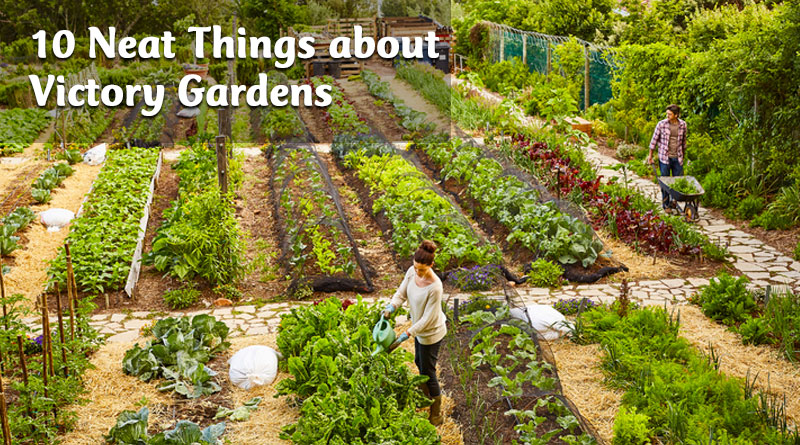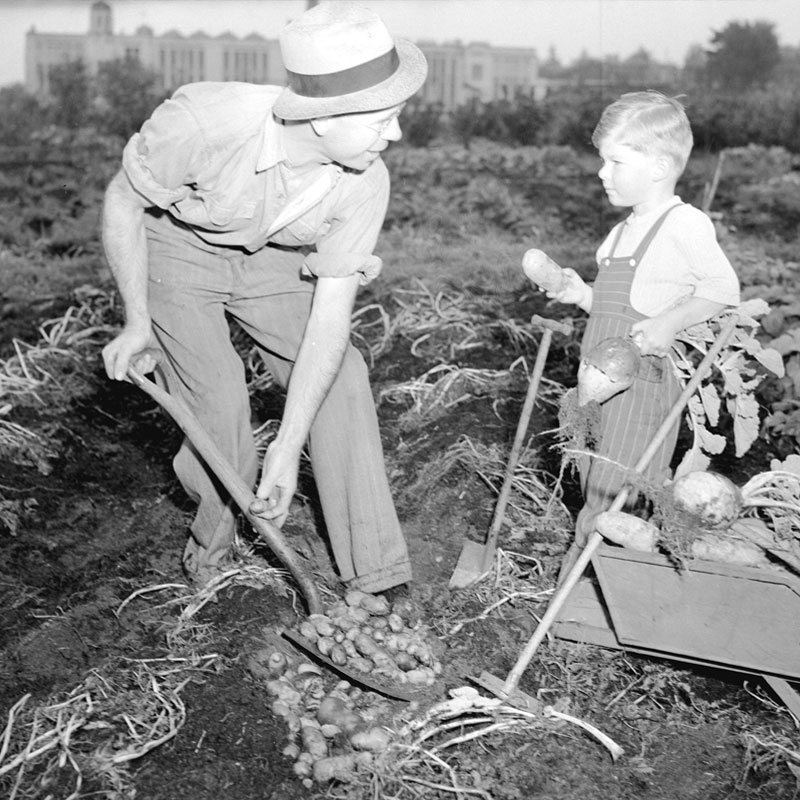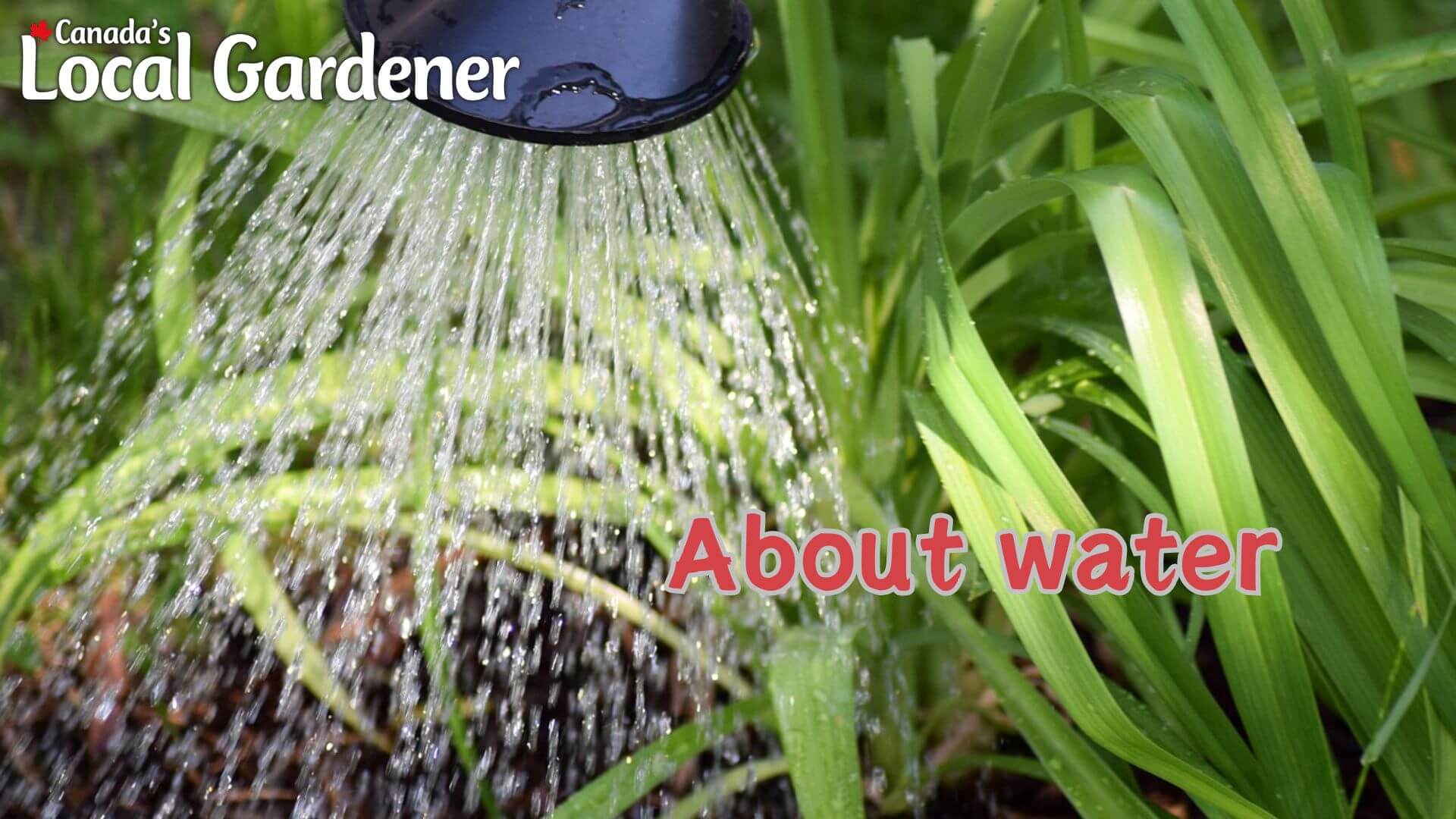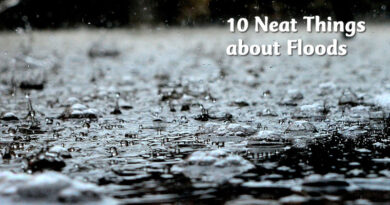Victory Gardens
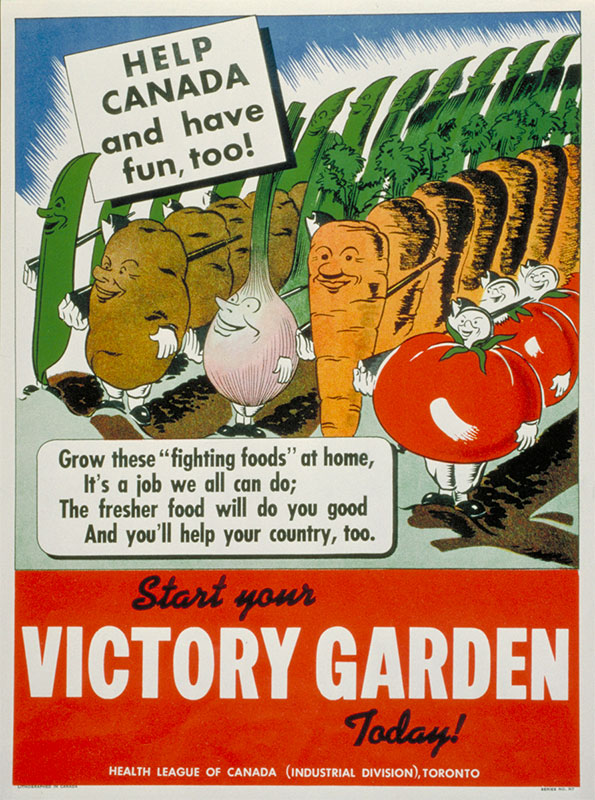
1. What?
Victory gardens are vegetable gardens planted during a war by those staying at home. The idea is that, with reduced productivity on farms (strong young people are away fighting), patriotic citizens can grow their own produce. The term can be traced back to the First World War, but the concept goes back much further. During times of famine or poverty throughout history, people have planted vegetables to feed their bodies and souls.

3. Who?
The Americans were the first to promote war-time gardening for the cause, with Canada getting in on the act immediately. In 1917, American millionaire-businessman Charles Lathrop Pack started the US National War Garden Commission; his campaign got 5 million gardens going.
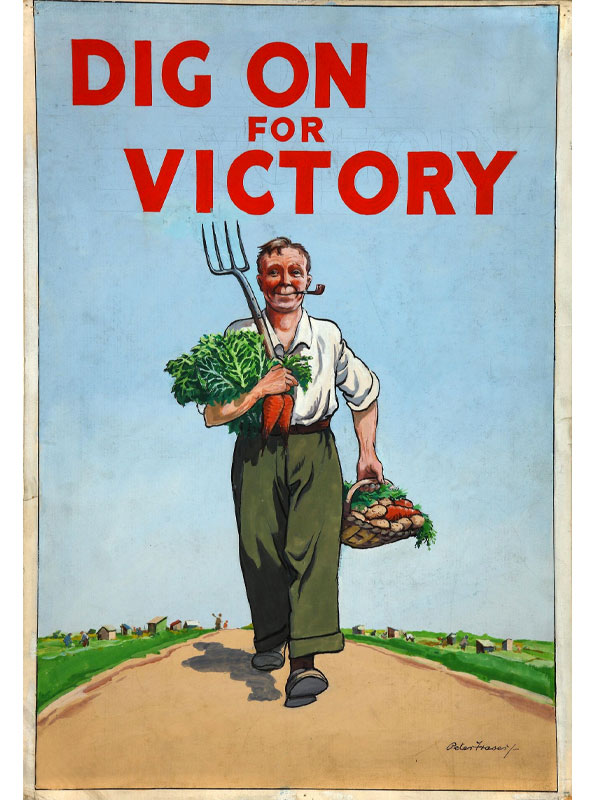
4. The United Kingdom.
The UK started to promote the idea of victory gardens during the Second World War. They called it “dig for victory”. Food was severely rationed, so folks really needed to grow their own. Imports were cut back by half while the amount of land used for growing food increased 80 per cent.
5. Rail cars.
In Canada, victory gardens were important for freeing up trains from hauling food to women, children and older people in Canada. This enabled more commercial food, soldiers and munitions to be shipped overseas.
6. How much?
In Canada, it’s estimated that in 1944, 209,200 victory gardens produced 57,000 tonnes of fruit and vegetables. The same year in the US, 9 to 10 million tons of produce were estimated to be grown by amateur gardeners. In Britain, where gardening was already popular outside of wartime, the number of allotments had doubled by 1943, to 1.4 million.

7. Chickens.
Canadians were encouraged to keep a couple of hens in the yard to supplement the diet with eggs, as were Americans. What was then a patriotic duty is now illegal in many cities.
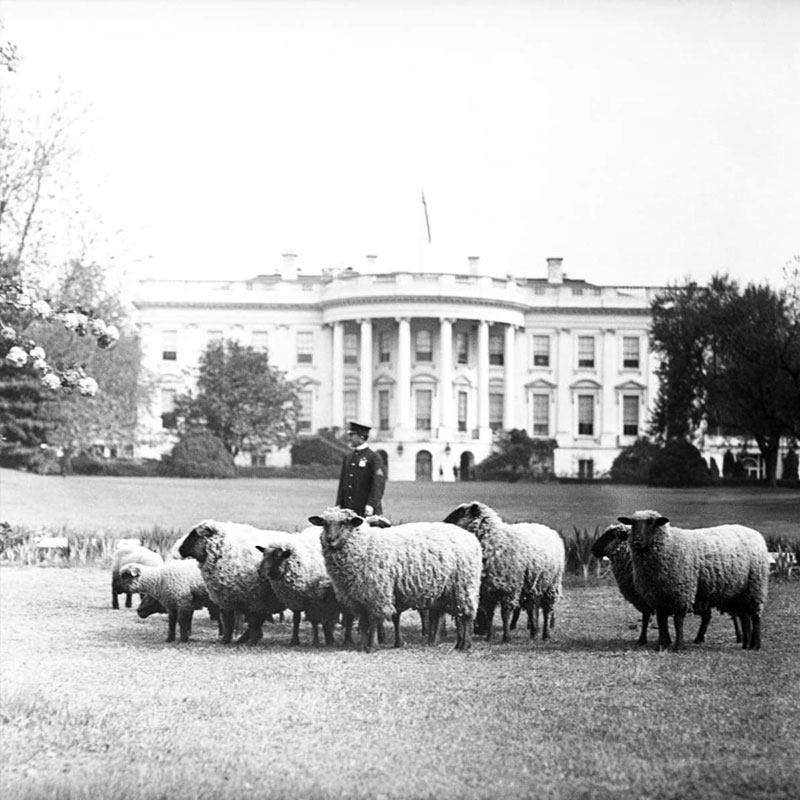
8. Sheep.
Some sports fields in the UK were not turned into victory gardens. On these, sheep were brought in for grazing, which mowed the lawn and fed the sheep whose pastures had been turned into vegetable gardens. Sheep are known to have been used at some British public schools (which would be termed private schools in Canada) during the Second World War, and at the White House in the US during the First World War.
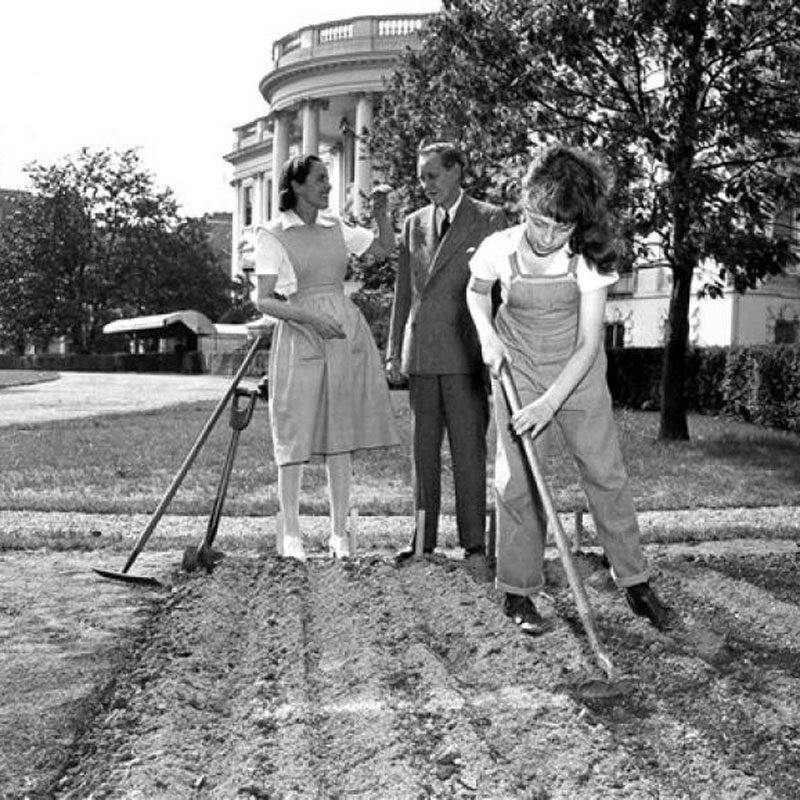
9. Naysayers.
Not everyone agreed with food gardening for the masses. Canada’s Department of Agriculture warned that unskilled “city-folk” would use up scarce tools and fertilizers without being very successful. The US Department of Agriculture objected to Eleanor Roosevelt growing a victory garden at the White House, fearing it would hurt the produce industry. The bureaucrats came around fairly quickly, though, and soon started promulgating victory gardens.
10. Today.
As mentioned in the first Neat Thing above, during difficult times people return to the idea of growing their own vegetables and today is no different. Since the beginning of the COVID-19 pandemic, groups interested in starting victory gardens have been forming on Facebook and in neighbourhoods across the country.
-Shauna Dobbie Copyright©
Pegasus Publications Inc.
You can download a printable copy of 10 Neat Things about Flowers for Easter, just click here.



